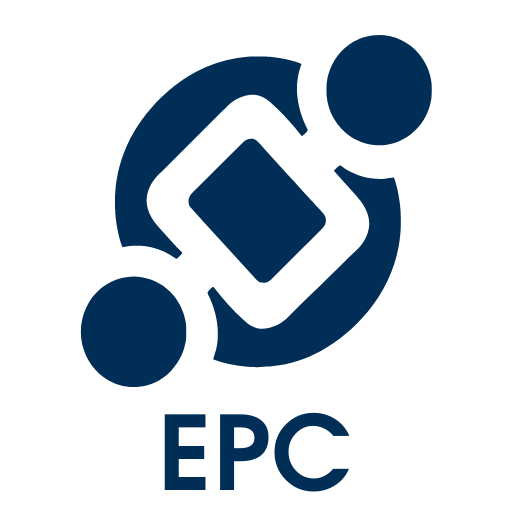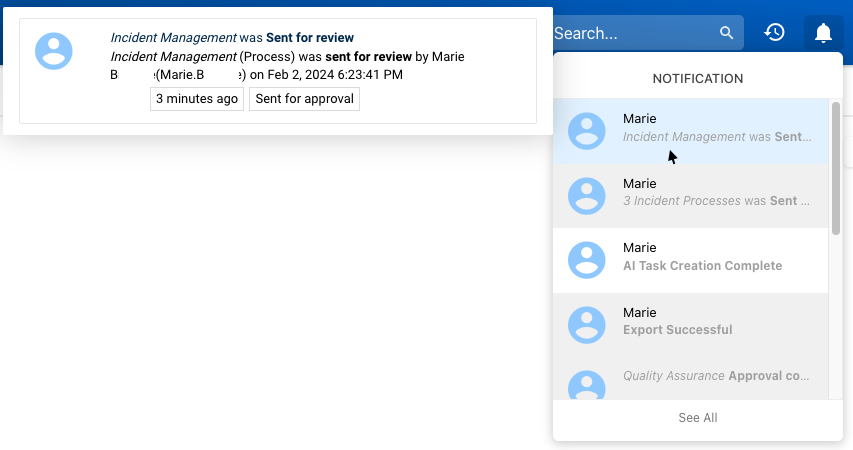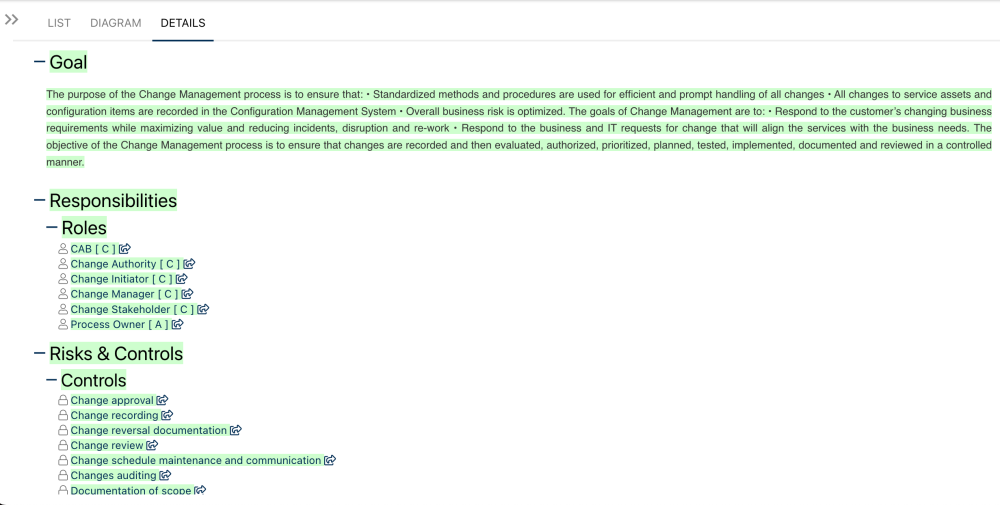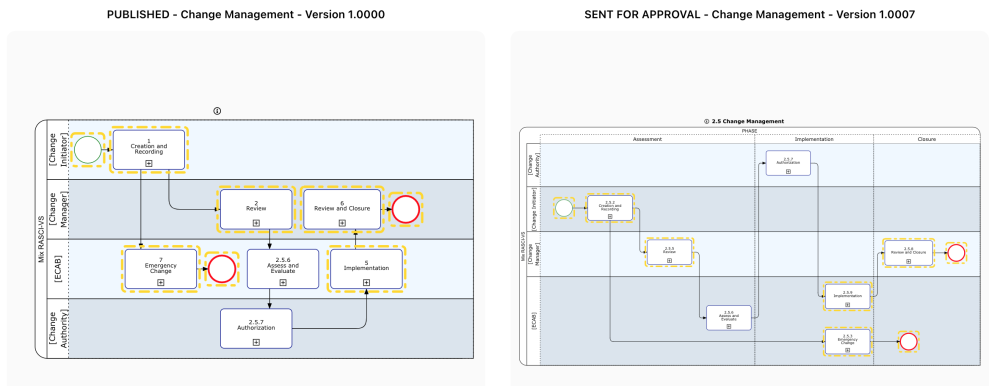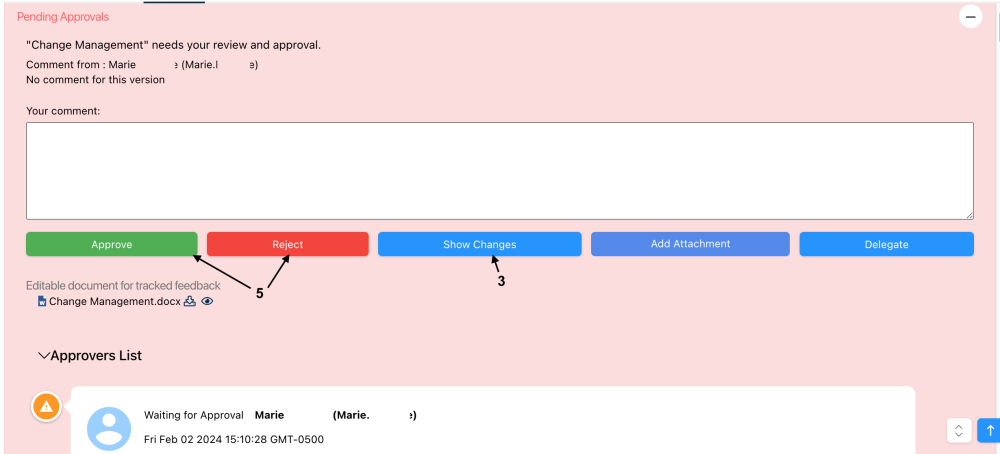Approval cycles involve multiple steps before implementing changes. This is common for business activities affecting various roles and resources. The EPC supports both parallel and serial approval cycles.
In this topic, we’ll cover the various types of approval cycles, the automatic inheritance of approval cycles, accessing pending approvals, participating in an approval cycle, and additional features.
To learn how to configure an approval cycle, please click here.
Types of Approval Cycles
Parallel Approval:
- All approvers receive requests simultaneously.
- Changes are approved once all approvers agree.
- Example: A request sent to a controller, VP Finance, and CEO at the same time.
Serial Approval:
- Approvers follow a sequence.
- Approval requests move from one approver to the next.
- Example: Initial approval by a controller, followed by VP Finance, and then the CEO.
Automatic Inheritance in EPC
To enforce governance cycles, EPC objects inherit cycles from their parent object when newly created. To disable this, go to the “Advanced” tab in the system admin section and change the INHERIT_APPROVAL_CREATE setting from true to false.
Accessing Pending Approval Activities
Users can access approval activities in three ways:
- Through notifications.
- Via the ‘My Actions’ widget
- Through the ‘To Do’ module here.
Participating in an Approval Cycle
- View Details:
- Access the item’s details view.
- Expand Approval Request:
- Review Proposed Changes:
- Select the ‘Show Changes’ option to view the changes done to the object. If the button is not greyed out, the object is at its first Approval cycle.
- Things added will be highlighted in green
- Things removed or changed will be highlighted in red
- Navigate to the “Diagram” tab and select ‘Show Changes’ to compare the proposed diagram improvements.
- Select the ‘Show Changes’ option to view the changes done to the object. If the button is not greyed out, the object is at its first Approval cycle.
- Act on Approval Request:
- Users can either approve or reject the proposed changes.
- Users can leave a comment if needed.
- Object Publication:
- Approved objects won’t be automatically published; it needs to be done manually.
Additional Features
- Users can delegate their approval tasks.
- Users can add attachments when approving.
- Users can preview and download an editable document for tracked feedback and a digitally signed PDF document (if an object was previously approved and signed).
- Organizations can configure default customized approval templates for each modules.
- Organizations can choose to have one resource of a role to approve.
Need more help with this?
Visit the Support Portal


